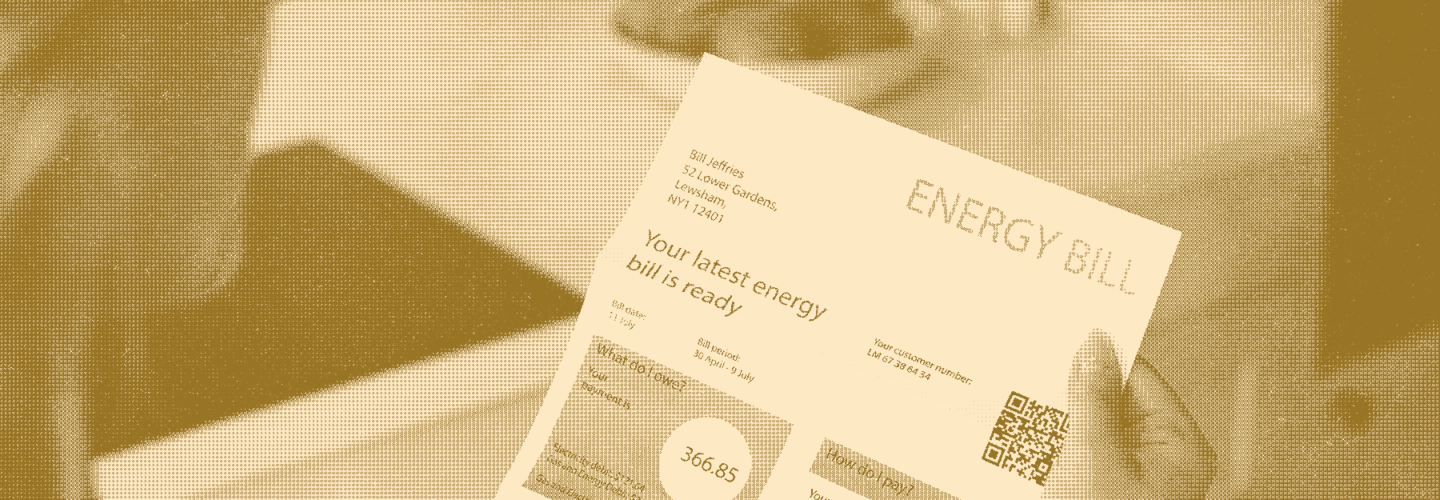With more extreme temperatures, are ‘virtual power plants’ the solution to our energy needs?
Massachusetts residents can now opt into a connected ‘virtual power plant’ system that puts less stress on the power grid. We take a look at what they are and how they work and how your home might connect to them.
Massachusetts Undersecretary of Energy Mike Judge, Acadia Center clean grid program manager Joe LaRusso and WBUR environmental reporter Miriam Wasser join Radio Boston to discuss.
“I think it represents a significant difference in the way we think about the grid. I think that our parents and grandparents as customers of electricity customers thought of themselves as recipients – that the grid was delivering power to them and now with virtual power plants, what we’re essentially seeing is a grid that’s interactive, where each one of our homes can act as a grid asset so that we can support the grid in turn. And so it really is, you know, a situation where there’s give and take now with the grid.”
“Right now the grid is an important juncture. The next 25 years are very important. We’re going to be using much more energy and we’re going to have to build much more transmission in order to deliver that energy to customers. ISO New England issued a report, 2050 transmission report, and in that report they referred to the historical peak of 28 gigawatts, which occurred about 10 years ago, in fact. So that was the most that we’ve ever had in terms of power generated to meet. And in the region, 28 gigawatts. They’re estimating that the peak in 2050 might be 51 gigawatts, maybe as much as 57 gigawatts – much higher number. The cost of building the transmission to meet that peak is extremely expensive. ISO New England estimates that to go from 28 gigawatts to 51 gigawatts each GW that we add to the peak will require a $750 million in transmission investments. If we have to go from 51 to 57, those additional 6 gigawatts, the amount required to build transmission to meet a 57 kilowatt peak, each one of those gigawatts would cost a billion and a half dollars. So clearly we minimize the expense of building the future grid that we need by minimizing the peak, and VPP will be an important element in reducing that peak and avoiding the cost that we might otherwise have to make in order to meet the future peak.”
To listen to the full broadcast from wbur, click here.



















